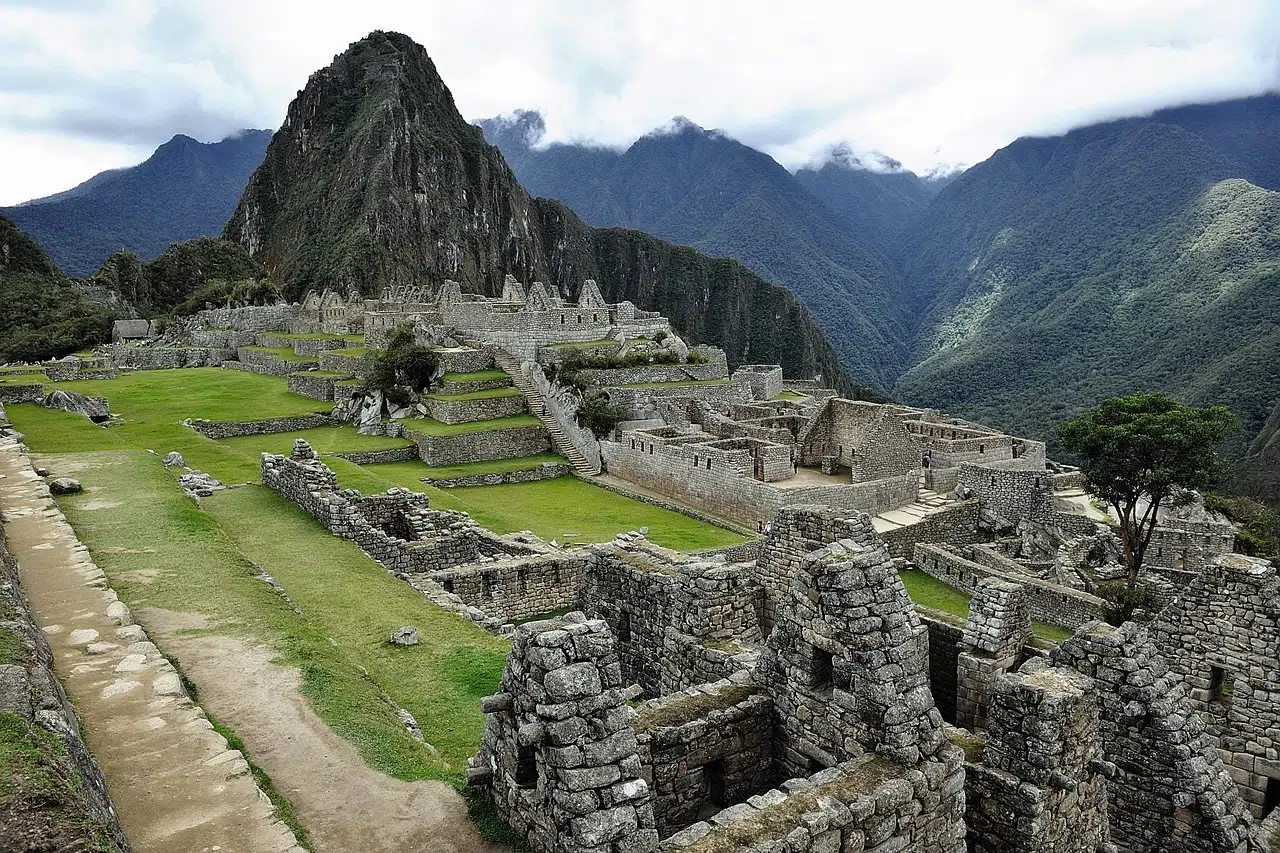The Inca Trail to Machu Picchu is a journey filled with breathtaking landscapes, ancient ruins, and unforgettable experiences. However, Day 2 of the trek is often considered the most challenging. This is the day you’ll tackle Dead Woman’s Pass, the highest point on the trail at 4,215 meters (13,828 feet). In this article, we’ll provide a detailed breakdown of what to expect on Inca Trail Day 2, including the terrain, highlights, and tips for conquering this iconic section of the trek.
Overview of Day 2: Wayllabamba to Pacaymayo
- Distance: 11 kilometers (6.8 miles).
- Elevation Gain: 1,200 meters (3,937 feet) to Dead Woman’s Pass, followed by a steep descent.
- Starting Point: Wayllabamba (3,000 meters / 9,842 feet).
- Ending Point: Pacaymayo (3,600 meters / 11,811 feet).
- Difficulty: Challenging, due to the steep ascent and high altitude.
What to Expect on Day 2
Day 2 is the most physically demanding day of the Inca Trail, but it’s also one of the most rewarding. Here’s a step-by-step breakdown of what you’ll experience:
1. Early Start and Breakfast
- The day begins early, usually around 6:00 AM, with a hearty breakfast to fuel your climb.
- Your guide will provide a briefing on the day’s route and what to expect.
2. The Initial Ascent
- The trail starts with a gradual climb through lush cloud forests, offering stunning views of the surrounding valleys.
- You’ll pass through small streams and enjoy the sounds of nature as you warm up for the challenge ahead.
3. The Steep Climb to Dead Woman’s Pass
- The real challenge begins as the trail becomes steeper and more rugged. The climb to Dead Woman’s Pass is relentless, with uneven stone steps and a steep incline.
- Take it slow, pace yourself, and take regular breaks to catch your breath and hydrate.
4. Reaching Dead Woman’s Pass
- When you finally reach the summit of Dead Woman’s Pass, you’ll be rewarded with panoramic views of the surrounding mountains and valleys.
- Take time to celebrate your achievement, snap some photos, and enjoy the sense of accomplishment.
5. The Descent to Pacaymayo
- The descent from Dead Woman’s Pass is steep and can be hard on your knees. Trekking poles are highly recommended for stability and support.
- You’ll descend into the Pacaymayo Valley, where you’ll camp for the night.
Highlights of Day 2
Dead Woman’s Pass:
- The highest point on the Inca Trail, offering breathtaking views and a sense of accomplishment.
Scenic Landscapes:
- From lush cloud forests to rugged mountain passes, Day 2 offers some of the most diverse and stunning scenery on the trail.
Cultural Insights:
- Your guide will share stories and insights about the history and significance of the trail and its landmarks.
Tips for Conquering Day 2
Here are some practical tips to help you tackle Day 2 successfully:
Acclimatize Properly:
- Spend at least 2-3 days in Cusco or another high-altitude location before starting the trek to help your body adjust.
Pace Yourself:
- Take it slow and steady. It’s not a race—focus on maintaining a consistent pace and taking regular breaks.
Stay Hydrated:
- Drink plenty of water to combat the effects of altitude and keep your energy levels up.
Use Trekking Poles:
- Poles provide stability and reduce strain on your knees, especially during the descent.
Dress in Layers:
- The weather can change quickly, so wear layers that you can easily add or remove.
Listen to Your Body:
- If you feel dizzy, nauseous, or unusually fatigued, let your guide know immediately. These could be signs of altitude sickness.
Pack Light:
- Only carry the essentials in your daypack to avoid unnecessary weight.
Stay Positive:
- Mental strength is just as important as physical fitness. Keep a positive mindset and focus on the incredible views and sense of accomplishment.
What to Pack for Day 2
Here’s a quick checklist of items to bring for this section of the trek:
- Water Bottles or Hydration Bladder: At least 2 liters of water.
- Snacks: High-energy foods like nuts, dried fruit, and chocolate.
- Rain Gear: A lightweight, waterproof jacket and pants.
- Warm Layers: A fleece or down jacket for the cold summit.
- Sunscreen and Lip Balm: The sun is intense at high altitudes.
- First Aid Kit: Include basic supplies and any personal medications.
- Camera: To capture the stunning views from the top.
Common Myths About Day 2
Let’s debunk some common misconceptions about Day 2:
- “Only Experienced Hikers Can Do It”:
- While challenging, Dead Woman’s Pass is achievable for most people with proper preparation and pacing.
- “It’s All About Fitness”:
- Mental resilience and proper acclimatization are just as important as physical fitness.
- “The Descent is Easy”:
- The descent can be tough on your knees, so take it slow and use trekking poles.
The Reward: Why It’s Worth It
Despite the challenges, reaching Dead Woman’s Pass is an unforgettable experience. The sense of accomplishment, the breathtaking views, and the camaraderie with fellow trekkers make it a highlight of the Inca Trail. Plus, it’s a testament to the ingenuity of the Inca civilization, who built this trail centuries ago.
Final Thoughts
Day 2 of the Inca Trail is undoubtedly the toughest section, but with the right preparation and mindset, it’s an achievable and rewarding challenge. By following these tips and packing smart, you’ll be well-equipped to conquer Dead Woman’s Pass and continue your journey to Machu Picchu with confidence.



